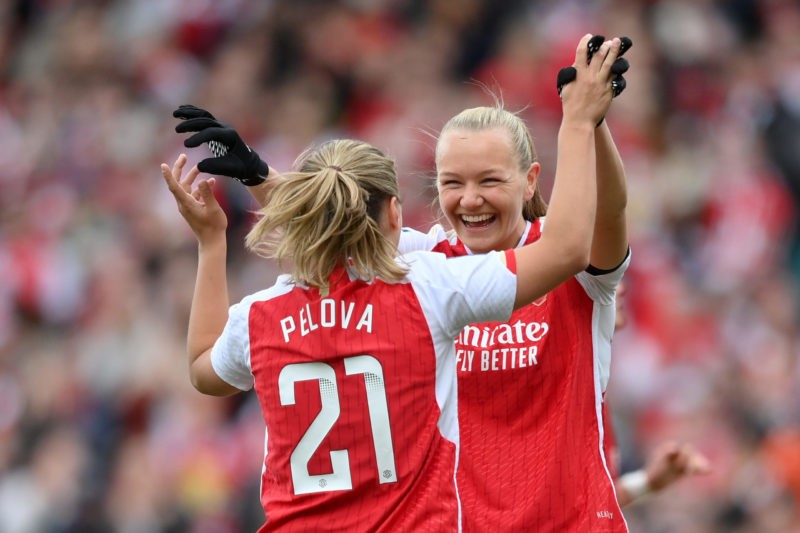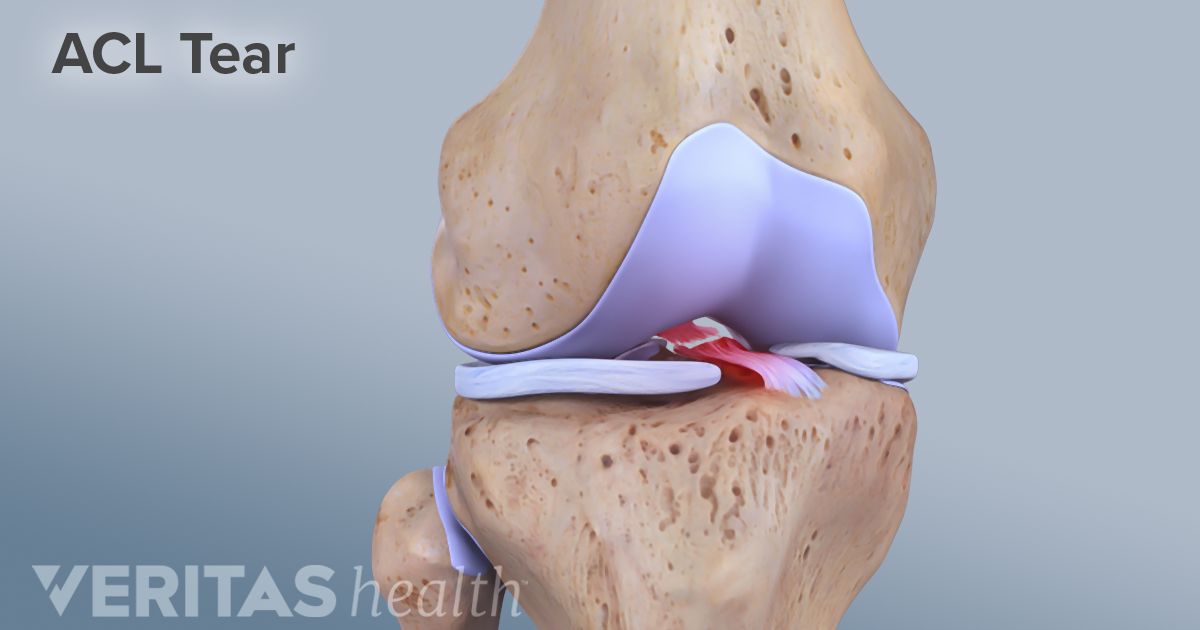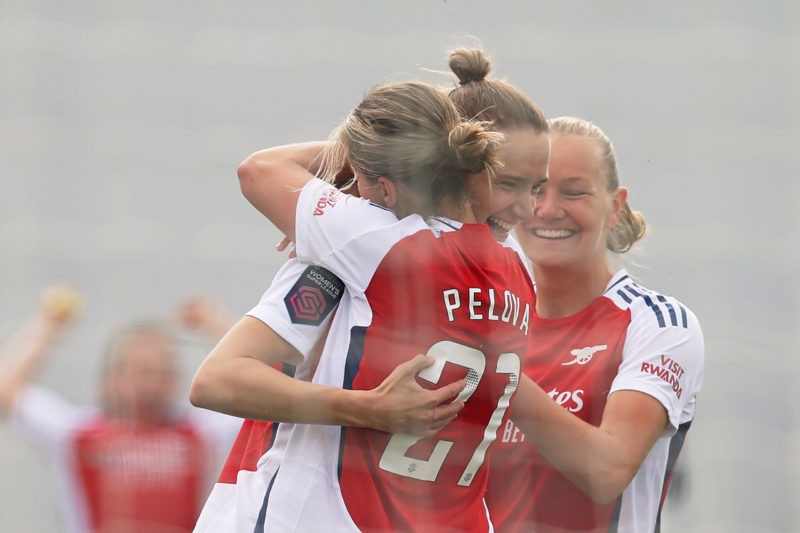Arsenal have confirmed that midfielder Victoria Pelova has become the latest player to pick up an ACL injury.

Taking to Twitter, Arsenal said, “We can confirm that Victoria Pelova suffered a ruptured anterior cruciate ligament whilst on international duty. We’ll be with you every step of the way, Vic.”
Pelova was taken off in the 12th minute of the Netherlands game against Finland on 4 June, which finished in a 1-1 draw. After the game, the Dutch manager, Andries Jonker said, “I don’t rule out it being a serious knee injury. It’ll be examined. The doctor said, ‘We are going to look at it carefully’.”
She will undergo surgery soon and will then miss the majority of the 24/25 season as she recovers, with Arsenal adding, “Victoria was substituted after her knee extended in the 12th minute of the Netherlands’ UEFA Women’s Championship qualifier in Tampere, Finland, and subsequently underwent testing to determine the extent of the injury. She will undergo surgery in due course and will be sidelined for an extended period.”

Arsenal signed Dutch international midfielder Victoria Pelova from Ajax in January 2023. Pelova, a versatile player capable of operating in various midfield and attacking roles, was seen as a key addition to the Gunners’ squad.
Her arrival at Arsenal was seen as a coup for the club, given her potential and experience at both club and international level. The transfer was also driven by the need for reinforcements following ACL injuries to key players Beth Mead and Vivianne Miedema.
Upon joining Arsenal, Pelova expressed her delight, stating that it was a “dream come true” to sign for a club she had always admired. She has since become an integral part of the team, impressing fans and coaches alike with her dynamism, energy, and technical ability.
ACL injuries in female athletes

Studies suggest that female athletes are up to six times more likely to suffer ACL injuries than male athletes in sports like football. This disproportionate risk has been attributed to several factors, including anatomical differences, hormonal fluctuations, and neuromuscular imbalances.
Anatomically, women tend to have a wider pelvis and a narrower intercondylar notch (the space within the knee joint where the ACL resides), potentially increasing stress on the ligament. Hormonal fluctuations, particularly during the menstrual cycle, can also affect ligament laxity, making them more susceptible to injury.
Neuromuscular imbalances, such as greater quadriceps dominance and relative hamstring weakness, can also contribute to ACL injuries. This imbalance can lead to abnormal movement patterns, increasing the risk of ACL strain and tears.
The impact of ACL injuries on women’s football is significant. Not only do these injuries sideline players for extended periods, but they also have long-term consequences for their careers and overall health. The physical and emotional toll of such injuries can be devastating, often requiring extensive rehabilitation and potentially leading to early retirement.
Addressing this issue requires a multi-faceted approach. Increased awareness and education about ACL injury prevention strategies are crucial, both for players and coaches. This includes implementing proper warm-up routines, strengthening exercises targeting the hamstrings and core, and improving landing techniques.
Furthermore, research into the specific risk factors for female athletes is vital to develop tailored prevention programs. This could involve investigating the role of hormonal fluctuations, anatomical variations, and neuromuscular training techniques in reducing ACL injury risk.
Investment in sports science and medicine is also essential to provide comprehensive care for injured players and optimise their rehabilitation process. This includes access to specialised medical professionals, advanced imaging technologies, and personalised rehabilitation plans.
